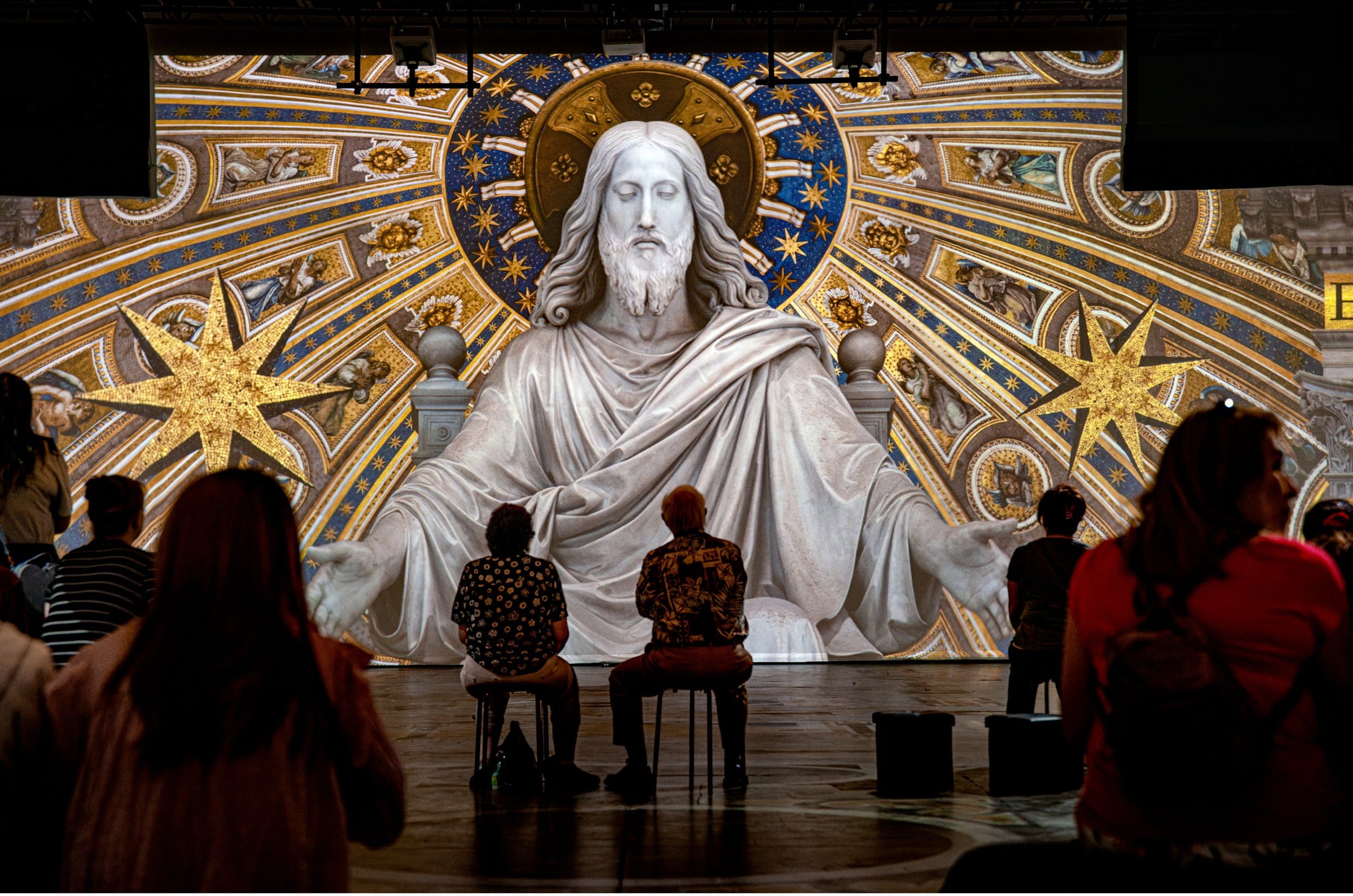
In a groundbreaking move set to redefine how visitors experience historical and religious sites, Microsoft President Brad Smith will unveil an “AI-enhanced experience” of St. Peter’s Basilica. This innovative project, a collaboration between Microsoft and the Fabric of St. Peter, leverages artificial intelligence to offer a deeper, more engaging understanding of the basilica’s art, architecture, and history. The unveiling will take place during a press conference at the Vatican, marking a significant step in the intersection of technology and cultural heritage.
This isn’t Microsoft’s first foray into using AI to enhance cultural experiences. Since launching the “AI for Cultural Heritage” program in 2019, Microsoft has spearheaded projects that provide digitally enriched ways to explore historical sites. One notable example is the “Ancient Olympia” project in Greece, where AI was used to digitally reconstruct the birthplace of the Olympic Games. This allowed visitors to virtually explore the ruins in their original glory, offering an immersive experience impossible through traditional methods. The St. Peter’s Basilica project promises a similar transformative experience, bringing the basilica’s rich history to life in unprecedented ways.
Delving into the Details: What to Expect
While the exact details of the “AI-enhanced experience” are under wraps until the official unveiling, we can anticipate a multi-faceted approach based on Microsoft’s previous work and the potential of AI in this context:
- Interactive 3D Models: Imagine exploring a highly detailed 3D model of St. Peter’s Basilica, zooming in to examine intricate mosaics or Michelangelo’s Pietà with unprecedented detail. AI could power these models, allowing users to navigate the basilica virtually and uncover hidden details.
- Augmented Reality (AR) Experiences: AR could overlay digital information onto the real world, providing context and historical insights as visitors walk through the basilica. Imagine pointing your smartphone at a painting and instantly seeing information about its creation, artist, and significance.
- Personalized Tours: AI could curate personalized tours based on individual interests. Whether you’re an art enthusiast, a history buff, or a religious pilgrim, AI could tailor the experience to your preferences, highlighting relevant artifacts and stories.
- Accessible to All: AI has the potential to make cultural experiences more accessible to people with disabilities. Features like real-time captioning, audio descriptions, and sign language translation could be integrated, ensuring everyone can engage with the basilica’s heritage.
The Convergence of Technology and Tradition
The Vatican’s embrace of AI might seem surprising to some, but it reflects a growing trend of cultural institutions leveraging technology to enhance visitor experiences. The “AI-enhanced experience” of St. Peter’s Basilica is not just about modernization; it’s about preservation, education, and accessibility. By harnessing the power of AI, the Vatican can:
- Preserve Fragile Artifacts: Digital replicas created with AI can help preserve delicate artworks and artifacts for future generations, protecting them from the wear and tear of time and tourism.
- Educate a Global Audience: The AI-powered experience can reach beyond the physical walls of the basilica, offering virtual tours and educational content to people around the world.
- Deepen Spiritual Connection: By providing richer context and understanding, the AI experience can enhance visitors’ spiritual connection to the basilica and its significance.
My Perspective: A Glimpse into the Future
As someone who has always been fascinated by the intersection of technology and history, I’m incredibly excited about the potential of this project. I believe that AI can revolutionize how we interact with cultural heritage, making it more engaging, accessible, and meaningful. Imagine a future where visiting historical sites is not just about passive observation but about active exploration and personalized learning. The “AI-enhanced experience” of St. Peter’s Basilica is a significant step towards that future, and I can’t wait to see how it unfolds.
Beyond the Basilica: AI and the 2025 Jubilee Year
The collaboration between Microsoft and the Vatican extends beyond St. Peter’s Basilica. Microsoft is also working with the city of Rome to develop “Julia,” an AI-based virtual assistant designed to guide visitors during the 2025 Jubilee Year. This indicates a broader vision of using AI to manage large-scale events and enhance visitor experiences across Rome.
Addressing Potential Concerns
While the potential benefits are numerous, it’s important to acknowledge potential concerns surrounding the use of AI in a religious context. Some may worry about the technology overshadowing the spiritual significance of the basilica. However, I believe that when used thoughtfully, AI can complement and enhance the spiritual experience, not detract from it. The key lies in striking the right balance between technology and tradition, ensuring that AI serves as a tool for deeper understanding and engagement.
Looking Ahead: The Future of AI in Cultural Heritage
The “AI-enhanced experience” of St. Peter’s Basilica is a pioneering project that could pave the way for similar initiatives at other historical and cultural sites worldwide. As AI technology continues to evolve, we can expect even more innovative and immersive experiences that bridge the gap between the past and the present.
The unveiling of the “AI-enhanced experience” of St. Peter’s Basilica marks a significant milestone in the use of technology to preserve and promote cultural heritage. This project has the potential to transform how we experience historical and religious sites, making them more accessible, engaging, and meaningful for people around the world. As we stand on the cusp of this new era, one thing is certain: the future of cultural exploration is deeply intertwined with the power of artificial intelligence.